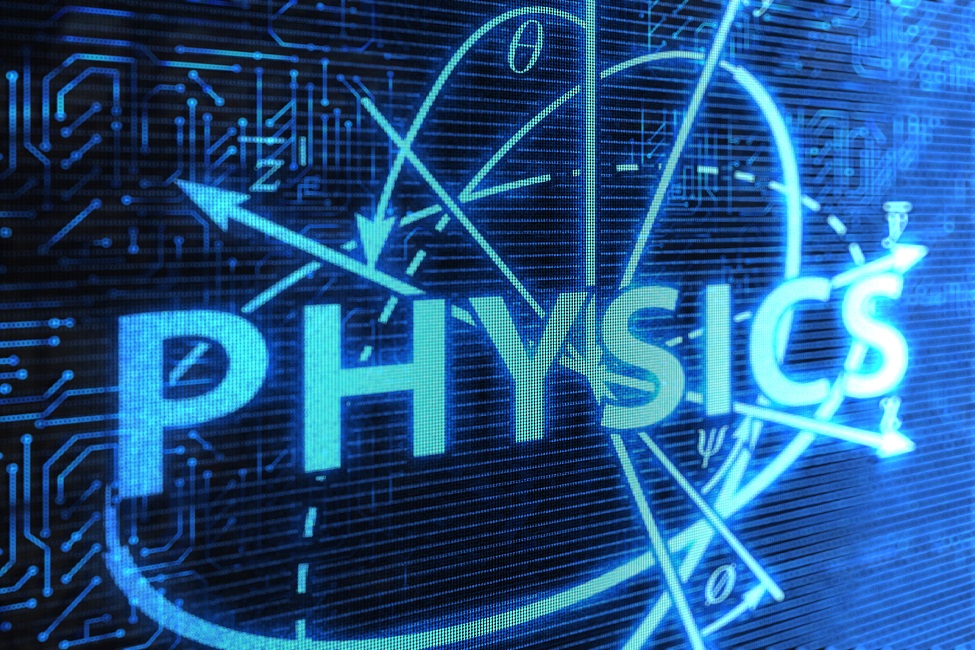FAU Contributes to Groundbreaking Discovery

The numerical relativity group in the Charles E. Schmidt College of Science at Florida Atlantic University led by Wolfgang Tichy, Ph.D., a physics professor, is performing computer simulations of merging neutron stars using Einstein’s equations of General Relativity. This work is carried out within the BAM collaboration on computational relativity in close cooperation with Sebastanio Bernuzzi, Ph.D., Bernd Bruegmann, Ph.D. and Tim Dietrich, Ph.D., who lead research groups in Italy and Germany. The BAM collaboration has recently published a gravitational waveform model derived from its simulations.
This work is happening due to the Advanced LIGO and Advanced Virgo detectors recent observation of a gravitational wave signal from two merging neutron stars for the first time. All other detections up to then had been from merging black holes. Neutron stars consist almost entirely of neutrons and are the densest stars known to exist. They are so dense that a neutron star with the mass of the sun is about the size of a typical large city, such as New York. When two such stars orbit around each other they lose energy due to the emission of gravitational waves so that the orbits become tighter until they finally merge into one larger neutron star. When this larger star is massive enough it collapses into a black hole.
“The detection of the two merging neutron stars is a tremendous achievement that has captured a lot of attention since its announcement,” said Ata Sarajedini, Ph.D., dean of FAU’s Charles E. Schmidt College of Science. “We are extremely proud to have played a role in this important discovery. The methods developed by our FAU scientists were instrumental in helping to analyze the results.”
During the collision of the stars, material is ejected so that the final merged object is surrounded by a thick ring of neutron rich material. This material undergoes nuclear reactions that release energy in the form of electromagnetic radiation or light, an event known as kilonova. Follow-up observations of the sky region where the gravitational wave signal came from with telescopes and satellites have revealed first a Gamma Ray Burst just two seconds after the merger, as well a new light source that emitted light of changing frequency over the following days and weeks. This marks the first observation of a kilonova following a gravitational wave signal. It is believed that the heaviest elements in the universe such as gold or platinum were created in the thick rings produced by such mergers.
This new model has been one of the tools used to analyze the signal measured by the gravitational wave detectors. With it, one can extract more information from the observed gravitational wave signal about the poorly known material properties of matter at the extreme densities in neutron stars. Furthermore, the BAM collaboration also has performed a simulation of two neutron stars with masses that are consistent with the newly observed event.
A video (www.youtube.com/watch?v=V6cm-0bwJ98) made from the simulation was released by the LIGO Scientific Collaboration when the detection was announced. In order to start simulations of two neutron stars one also needs initial conditions for all the variables involved.
Computing such initial conditions for realistic stars is complicated and has only become possible because of research carried out by the numerical relativity group at FAU.
“As a scientist, it was one of the best days in my life to hear about this fascinating discovery,” said Tichy. “It was even more exciting to know that we left a small mark in history by contributing to the analysis of the signal. I expect this to be the beginning of more interesting discoveries."
-FAU-
Tags: science | research | faculty and staff